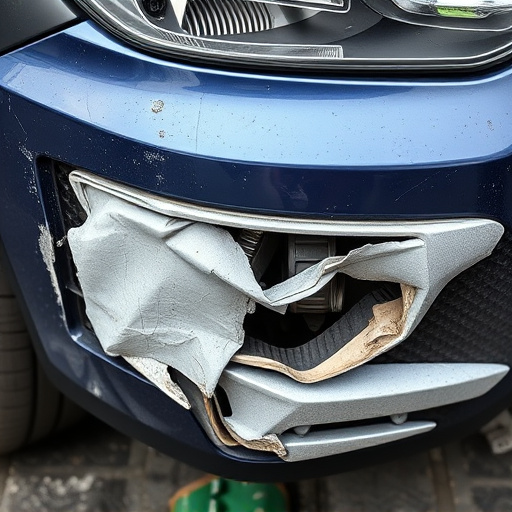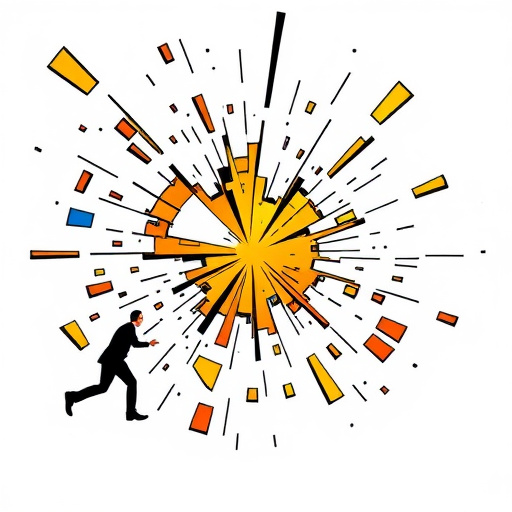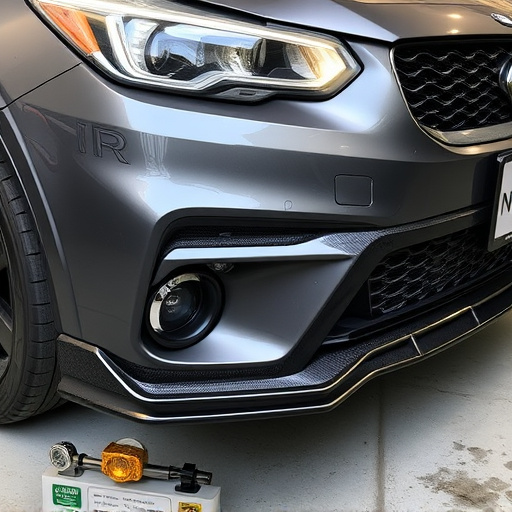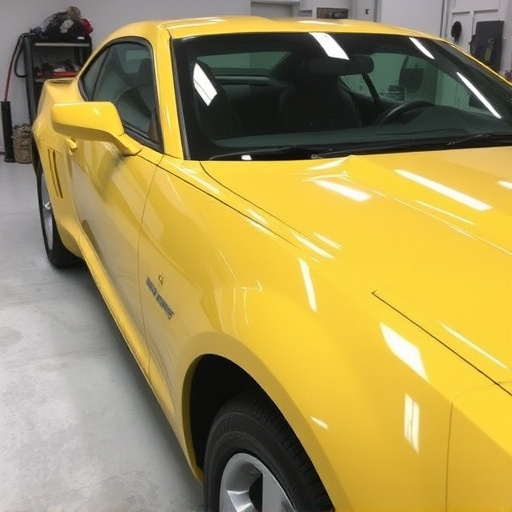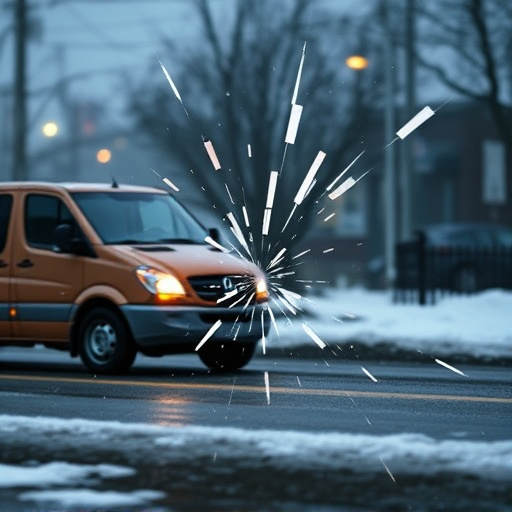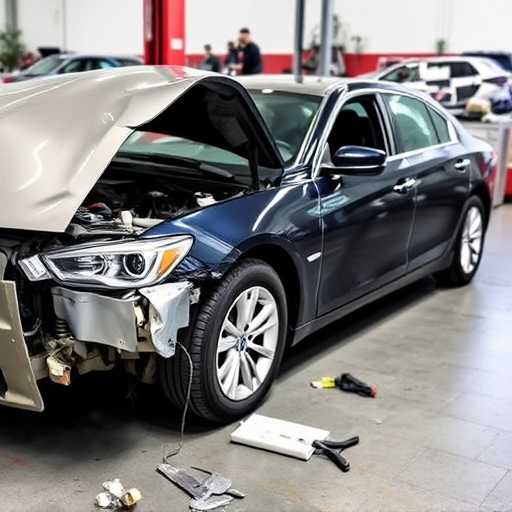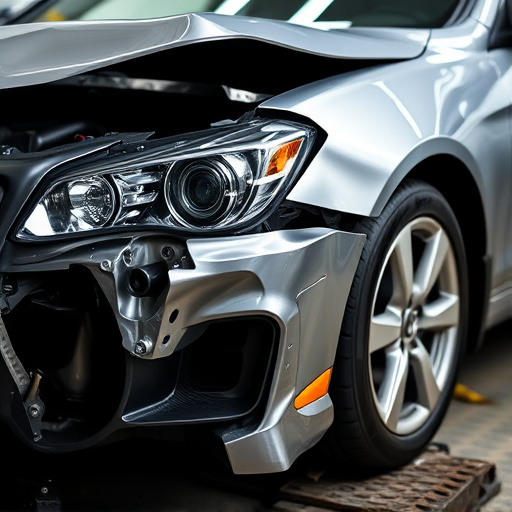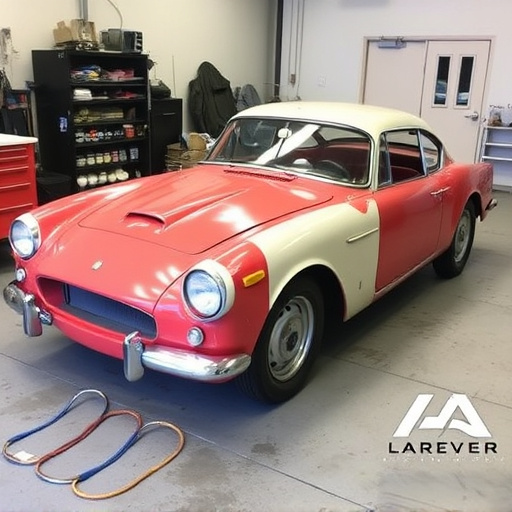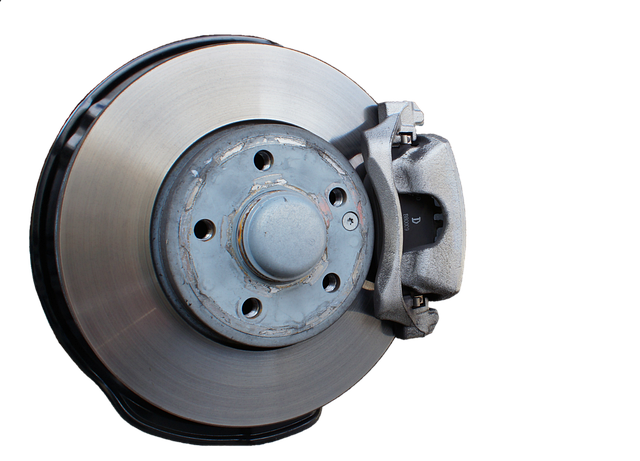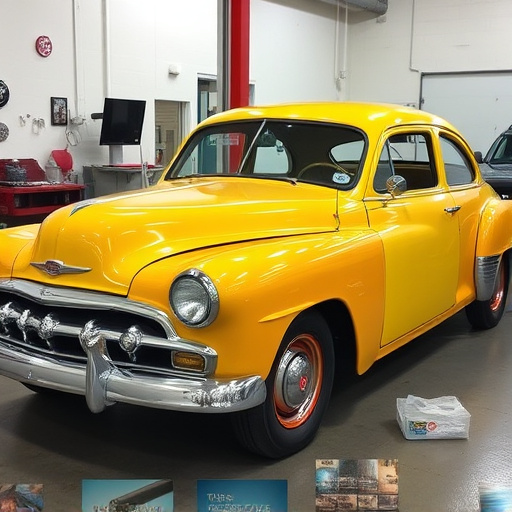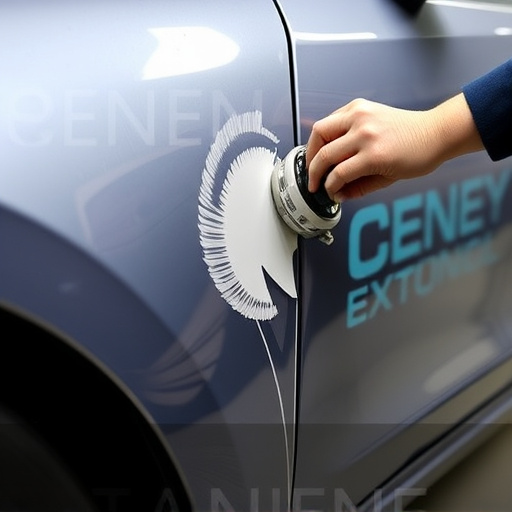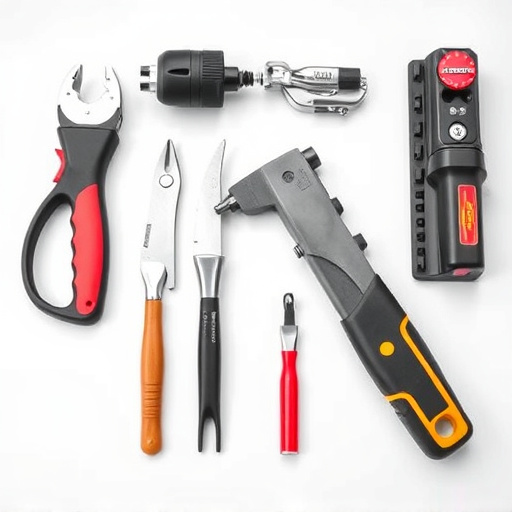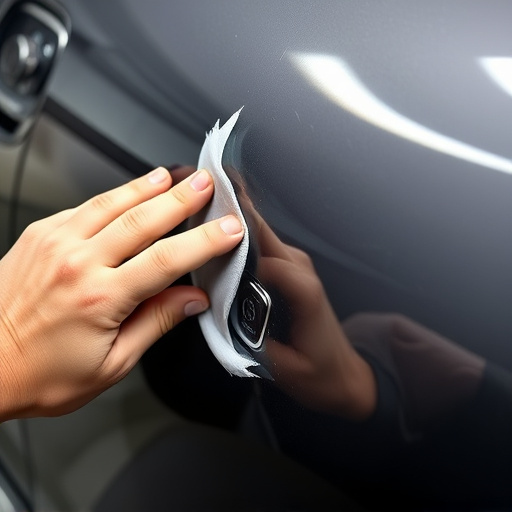Tesla repair certification ensures technicians meet brand's safety standards through rigorous training in areas like structural adhesive techniques for high-quality repairs, including Mercedes Benz. Certified professionals follow best practices for thorough inspections, using advanced tools and materials to preserve vehicle design and structural integrity while adhering to strict guidelines for enhanced safety and longevity.
“Tesla repair certification is a crucial step for automotive technicians aiming to master electric vehicle (EV) maintenance. This article delves into the intricacies of achieving and maintaining such certification, focusing on structural adhesive procedures. We’ll explore the core requirements, essential components, and best practices to ensure compliance with certified standards. By understanding these key aspects, professionals can confidently tackle Tesla repairs, fostering a network of skilled technicians capable of upholding stringent EV safety and performance benchmarks.”
- Understanding Tesla Repair Certification Requirements
- Key Components of Structural Adhesive Procedures
- Best Practices for Adhering to Certified Standards
Understanding Tesla Repair Certification Requirements

Obtaining Tesla repair certification is a crucial step for any technician aiming to specialize in repairing these innovative electric vehicles. The process ensures that repairs meet Tesla’s high standards and safety protocols, which are designed to maintain the integrity of the vehicle’s advanced systems. To achieve certification, technicians must demonstrate proficiency in various aspects of Tesla vehicle repair, including structural adhesive procedures. This involves learning specialized techniques for bonding components like body panels, ensuring a secure and durable fix.
Auto glass repair, car scratch repair, and car dent removal are common services that certified technicians may offer. However, the focus on structural integrity means that every repair must adhere to strict guidelines, particularly when using adhesives. Proper training ensures that these procedures are not just effective but also contribute to the vehicle’s overall safety and longevity.
Key Components of Structural Adhesive Procedures
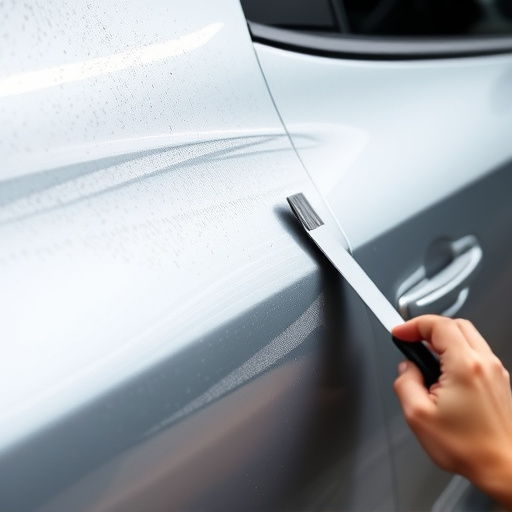
In the realm of Tesla repair certification, understanding structural adhesive procedures is paramount. These techniques play a crucial role in ensuring the longevity and integrity of vehicle repairs, particularly in high-end automotive body work like Mercedes Benz repair. The key components include meticulous surface preparation, selecting the right adhesives for specific materials, and precise application methods. Proper surface cleaning, degreasing, and decontamination are essential to create a strong bond between the existing and new parts, be it in contemporary vehicle repairs or classic car restoration projects.
For instance, when undertaking automotive body work on vintage vehicles, understanding the unique properties of adhesives designed for classic cars is vital. Adhesives used in Tesla repair certification programs often come with specific guidelines for curing times and application temperatures, which are critical to achieving structural integrity. These procedures not only enhance the quality of repairs but also ensure that the restored vehicle maintains its aesthetic appeal and safety standards, whether it’s a modern electric car or a classic on the road.
Best Practices for Adhering to Certified Standards
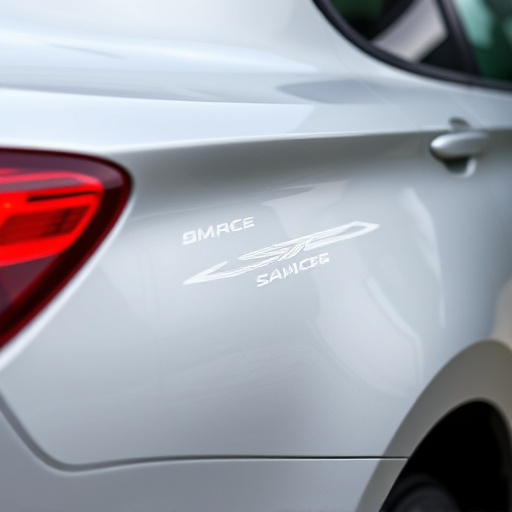
Maintaining certified standards during Tesla repair is paramount to ensuring both quality and safety. To achieve this, auto body repair professionals must adhere to best practices that align with Tesla’s stringent requirements. This begins with thorough inspection, identifying even minor damage like hail damage repair, which can affect structural integrity. Certified technicians then use the appropriate tools and materials, including advanced structural adhesives, to make precise repairs without compromising the vehicle’s original design.
Regular training and updates on the latest procedures are essential for staying current with Tesla repair certification guidelines. Collison center professionals should also foster an environment of meticulous attention to detail, as even seemingly insignificant errors can impact the overall performance and value of the restored vehicle. By embracing these best practices, auto body repair experts can confidently deliver top-tier repairs that meet Tesla’s high standards.
Tesla repair certification is more than just a requirement; it’s a standard-bearer for quality and safety in electric vehicle maintenance. By understanding the key components of structural adhesive procedures and adhering to certified standards, repair technicians can ensure that every repair meets Tesla’s stringent criteria. This not only protects consumers but also fosters trust in the EV industry, proving that reliable and efficient repairs are achievable while navigating the unique challenges of electric vehicles.
